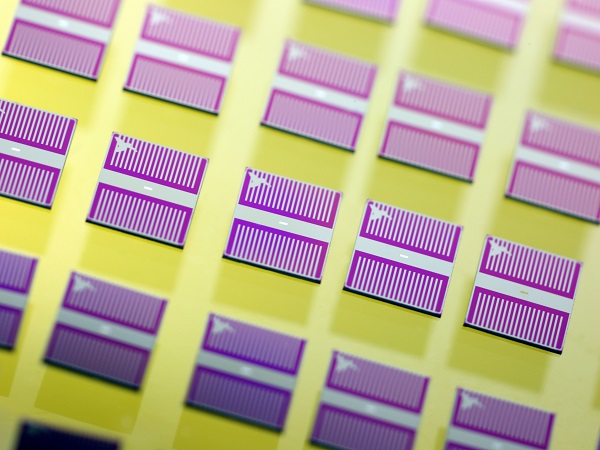When spacer chips are stacked on top of a window, electrologist, or heater chip and compressed by o-rings, a space of normal atmospheric condition, called an environmental cell, forms between the two chips. Researchers can use environmental cells to image specimens in situ without extensive sample preparation, which helps to limit sample preparation artifacts. Spacer chips are available in numerous thicknesses, allowing users to form liquid or gas flow channels specific to their needs.
Research applications include:
- Nanostructure synthesis (nucleation and growth)
- Imaging hydrated structures in their native environment
- Studying metal corrosion
Samples can be mounted by:
- FIB cut sample manipulation
- Drop-casting nanostructures
- Direct-deposited local samples
Available for:

